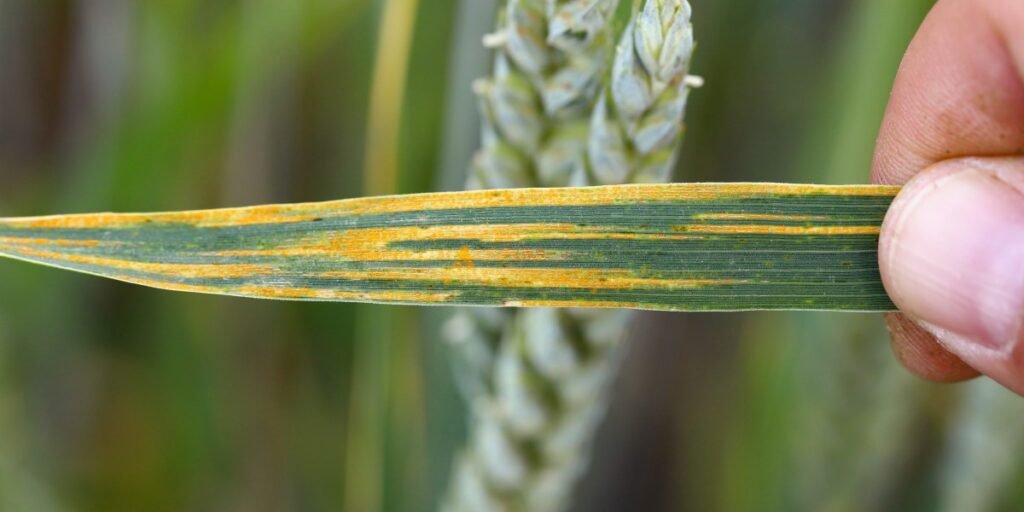Their automated system sends data to Chris Gilligan, who leads the modeling arm of Wheat DEWAS at the University of Cambridge. With his team, he works with the UK’s Met Office, using their supercomputer to model how the fungal spores at a given site might spread under specific weather conditions and what the risk is of their landing, germinating, and infecting other areas. The team drew on previous models, including work on the ash plume from the eruption of the Icelandic volcano Eyjafjallajökull, which caused havoc in Europe in 2010.
Each day, a downloadable bulletin is posted online with a seven-day forecast. Additional alerts or advisories are also sent out. Information is then disseminated from governments or national authorities to farmers. For example, in Ethiopia, immediate risks are conveyed to farmers by SMS text messaging. Crucially, if there’s likely to be a problem, the alerts offer time to respond. “You’ve got, in effect, three weeks’ grace,” says Gilligan. That is, growers may know of the risk up to a week ahead of time, enabling them to take action as the spores are landing and causing infections.
The project is currently focused on eight countries: Ethiopia, Kenya, Tanzania, and Zambia in Africa and Nepal, Pakistan, Bangladesh, and Bhutan in Asia. But the researchers hope they will get additional funding to carry the project on beyond 2026 and, ideally, to extend it in a variety of ways, including the addition of more countries.
Gilligan says the technology may be potentially transferable to other wheat diseases, and other crops—like rice—that are also affected by weather-dispersed pathogens.
Dagmar Hanold, a plant pathologist at the University of Adelaide who is not involved in the project, describes it as “vital work for global agriculture.”
“Cereals, including wheat, are vital staples for people and animals worldwide,” Hanold says. Although programs have been set up to breed more pathogen-resistant crops, new pathogen strains emerge frequently. And if these combine and swap genes, she warns, they could become “even more aggressive.”
Shaoni Bhattacharya is a freelance writer and editor based in London.




